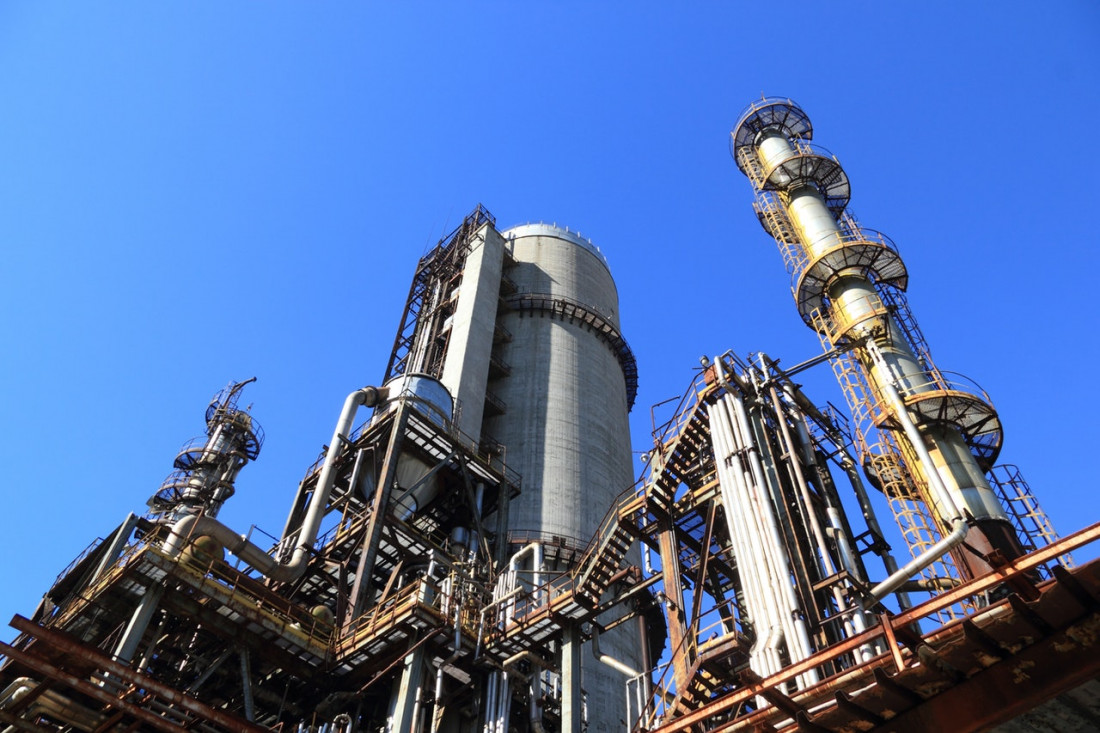Whilst the chemical industry is generally thought to be in good long-term health, there is much concern over how chemical prices and profitablity will be effected by the current low price of oil. When the price of a barrel of oil was closer to the $100 mark, the discovery and development of shale gas deposits in America offered the chance for many chemical businesses to make healthy profits. Their cost competitive advantage was obvious and the road to open numerous ethane and naptha processing plants was clear.
Now that the price of a barrel is so much lower, many chemical industry chiefs are concerned that the boom years in the US shale gas chemical market may be over. Will they be replaced with years of losses, plant mothballing and bankruptcy?
Here are two qualified opinions on the matter:
Al Greenwood, from ICIS Chemical Business, states in his report, “In some cases, the decline in [oil] prices has eroded some of the margins of US-made products. Naphtha prices have fallen with oil, reducing costs for foreign producers, who overwhelmingly rely on it as a feedstock. US companies rely heavily on natural gas liquids (NGLs) for feedstocks. Prices for these, however, have also declined. As a result it is believed that the US has maintained its cost advantage, even if margins have eroded.”
He does however add a cautionary word for the future, stating that, “The decline in oil prices has caused a sharp drop in oil rig count, which will lower demand for oilfield chemicals. The decline could leave some companies with high-cost inventory on their books.”
Meanwhile, Jerry Keybl, Project Leader at bcg.prospectives, believes that, “Because ethane is a by-product of natural-gas drilling, it tends to trade at its marginal disposition in the market. Since 2012, the supply of U.S. ethane has greatly exceeded the market’s ability to consume it. As a result, the price of ethane has fallen to its fuel equivalent, which is historically low per gallon and per British thermal unit (BTU).”
Despite these current low prices, he is still optimistic for the future of the American shale gas chemical industry, stating, “The development of shale resources has increased the supply of natural gas and NGLs in North America. The abundant resources will promote competitive prices for natural gas and NGLs for many years. In the medium term, through the early 2020s, historically low prices for NGLs, especially ethane, will drive market dynamics. I believe that the North American chemical industry’s feedstock advantages are sustainable, notwithstanding the recent sharp decline in crude-oil prices.”
So while chemical traders still need some caution, it seems that expert opinion leans towards the survival of the American shale gas chemical industry for the medium and long term.
If it is to continue its success, then how will other regions cope with the continued influence of American shale gas development? Can the European chemical market survive without a cheap source of energy and feedstock? Will the Middle East and Russia remain competitive with oil at such a low price? Or will other regions, such as South Africa, Canada, Argentina and China develop their own shale gas reserves and turn the chemical prices on their head once again? This, for now, remains to be seen.

